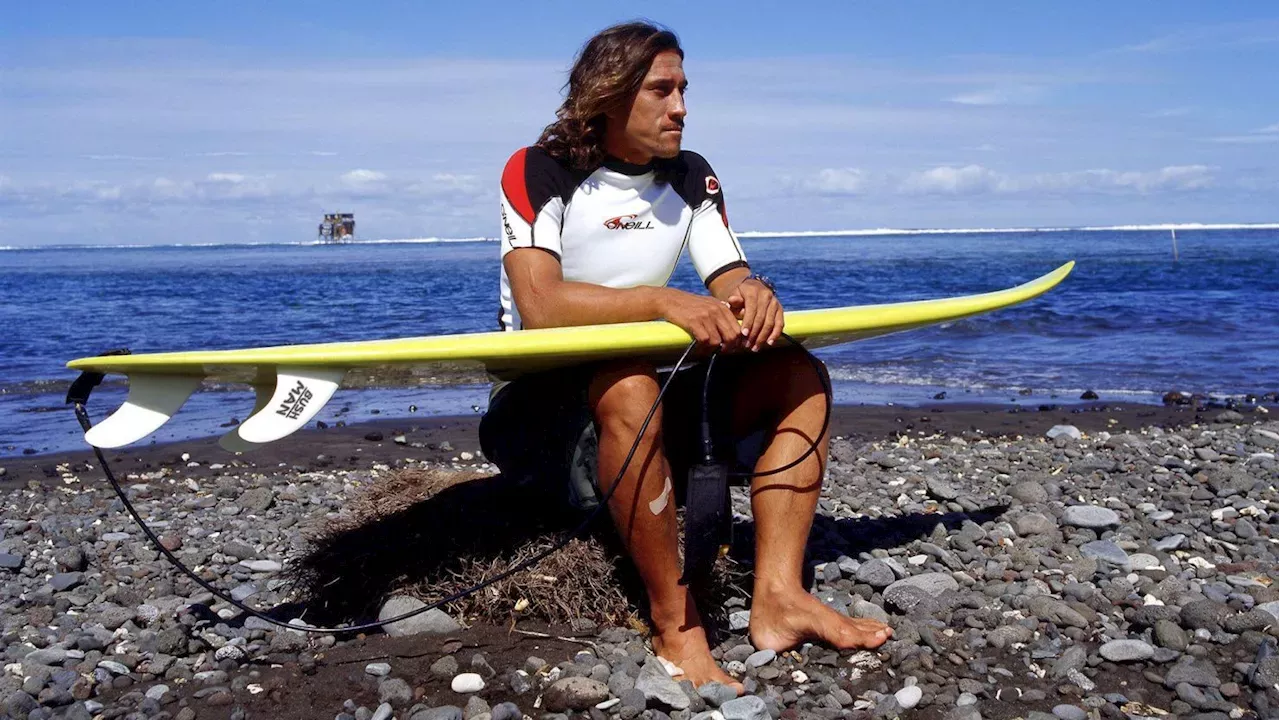Tamayo Shark Attack Incident

The Tamayo shark attack occurred on December 24, 1992, at Tamayo Beach in San Diego, California. The victim was a 38-year-old man who was swimming about 100 yards from shore when he was attacked by a great white shark.
Tamayo’s shark attack, a horrifying incident that sent shockwaves through the coastal town, brought the dangers of shark attacks into sharp focus. The relentless predator, driven by instinct, had claimed another victim, leaving behind a trail of fear and sorrow.
Tamayo’s ordeal served as a grim reminder of the unpredictable nature of the ocean and the constant threat that lurks beneath its surface.
The shark bit the man on the leg, causing severe lacerations. The man was able to swim back to shore and was transported to a local hospital, where he underwent surgery. He survived the attack but lost his leg below the knee.
Tamayo is a small fishing village that was once terrorized by a shark attack. The villagers were living in fear until a group of pirates, led by the notorious Tamayo Perry, arrived and hunted down the shark. The pirates’ bravery and skill were a source of great relief for the villagers, and they were hailed as heroes.
Tamayo Perry and his crew became legends in the village, and their story is still told today. Read more about the Tamayo Perry pirates and their daring exploits. The shark attack may have been a tragedy, but it also brought about a new era of hope and prosperity for the village of Tamayo.
Species of Shark
The shark involved in the Tamayo attack was a great white shark (Carcharodon carcharias). Great white sharks are one of the largest and most powerful predatory fish in the world. They are known for their aggressive behavior and have been responsible for numerous attacks on humans.
The Tamayo shark attack sent shockwaves through the community, leaving behind a trail of terror and unease. In a strange twist of fate, the Padres vs Phillies game, a heated rivalry on the baseball diamond , seemed to echo the ferocity of the attack.
The cheers and jeers of the crowd echoed through the stadium, a stark contrast to the silent horror that had unfolded just miles away.
Behavior of the Shark
The great white shark that attacked the man at Tamayo Beach was likely attracted to the area by the presence of seals, which are a common prey item for great white sharks. The shark may have mistaken the man for a seal and attacked him.
The Tamayo shark attack sent shockwaves through the region, leaving behind a trail of fear and uncertainty. As the authorities searched for the elusive predator, their attention turned to Goat Island , a secluded haven known for its rugged cliffs and abundant marine life.
The island’s isolation made it a potential sanctuary for the shark, raising concerns that it could strike again.
Injuries Sustained by the Victim
The man who was attacked by the shark at Tamayo Beach sustained severe lacerations to his leg. The shark’s teeth caused deep cuts that severed the man’s femoral artery and vein. The man lost a significant amount of blood and went into shock.
Response from Emergency Services
Emergency services responded quickly to the Tamayo shark attack. Lifeguards were on the scene within minutes and were able to rescue the man from the water. The man was transported to a local hospital by ambulance, where he underwent surgery to repair the damage to his leg.
Shark Behavior and Safety: Tamayo Shark Attack

The Tamayo shark attack highlights the importance of understanding shark behavior and taking precautions to avoid encounters. Environmental factors, such as water temperature and visibility, can influence shark activity. Additionally, human activities, like fishing and swimming in areas with known shark populations, can increase the risk of encounters.
Shark Behavior in the Presence of Humans
Sharks are generally not aggressive towards humans and will typically avoid contact. However, they may become curious or defensive if they feel threatened. Avoid swimming in areas where sharks are known to congregate, and be aware of your surroundings when in the water.
Tips for Avoiding Shark Encounters
- Avoid swimming alone, especially at dawn or dusk.
- Stay close to the shore or in shallow water.
- Avoid areas with known shark activity.
- Do not swim in murky water or areas with limited visibility.
- Avoid wearing shiny jewelry or brightly colored clothing, as these can attract sharks.
Shark Conservation Efforts
Sharks play a vital role in maintaining the health of marine ecosystems. Overfishing and habitat destruction pose significant threats to shark populations. Supporting conservation efforts, such as sustainable fishing practices and the protection of marine habitats, is crucial for ensuring the survival of these magnificent creatures.
Aftermath and Impact

The Tamayo shark attack left a profound impact on the victim, their family, and the local community. The victim, a young woman, sustained severe injuries that required extensive medical treatment and rehabilitation. The physical and emotional trauma of the attack had a lasting effect on her life, leaving her with physical and psychological scars.
The victim’s family was devastated by the incident. They had to cope with the pain of seeing their loved one suffer and the fear of losing her. The attack also brought financial burdens, as the victim’s medical expenses were substantial. The family had to navigate the complexities of the healthcare system and insurance companies, adding to their stress and grief.
Media Coverage and Public Reaction
The Tamayo shark attack received widespread media coverage, both locally and internationally. The incident sparked a public outcry and raised concerns about shark safety. The media played a significant role in shaping public perception of the attack and its aftermath.
Initially, there was a sense of fear and panic among the public. People were afraid to swim or surf in the waters near Tamayo. However, as more information about the attack became available, the public’s perception began to shift. People became more aware of the rarity of shark attacks and the importance of taking precautions to minimize the risk.
Lessons Learned and Safety Protocol Changes, Tamayo shark attack
The Tamayo shark attack prompted a review of safety protocols and shark management practices. Authorities implemented several measures to enhance public safety, including increased beach patrols, the installation of shark warning signs, and the use of drones to monitor shark activity.
The incident also led to a greater emphasis on educating the public about shark behavior and safety. Campaigns were launched to raise awareness about the importance of swimming in designated areas, avoiding swimming at dawn or dusk, and not feeding sharks.
Tamayo, the infamous site of a deadly shark attack, holds a chilling history. Yet, amidst the tragedy, a beacon of hope emerged: Tamayo Perry, an actor who defied the odds. Despite the harrowing encounter, Perry’s resilience serves as a testament to the indomitable spirit that can triumph over adversity, reminding us that even in the face of darkness, hope can prevail.